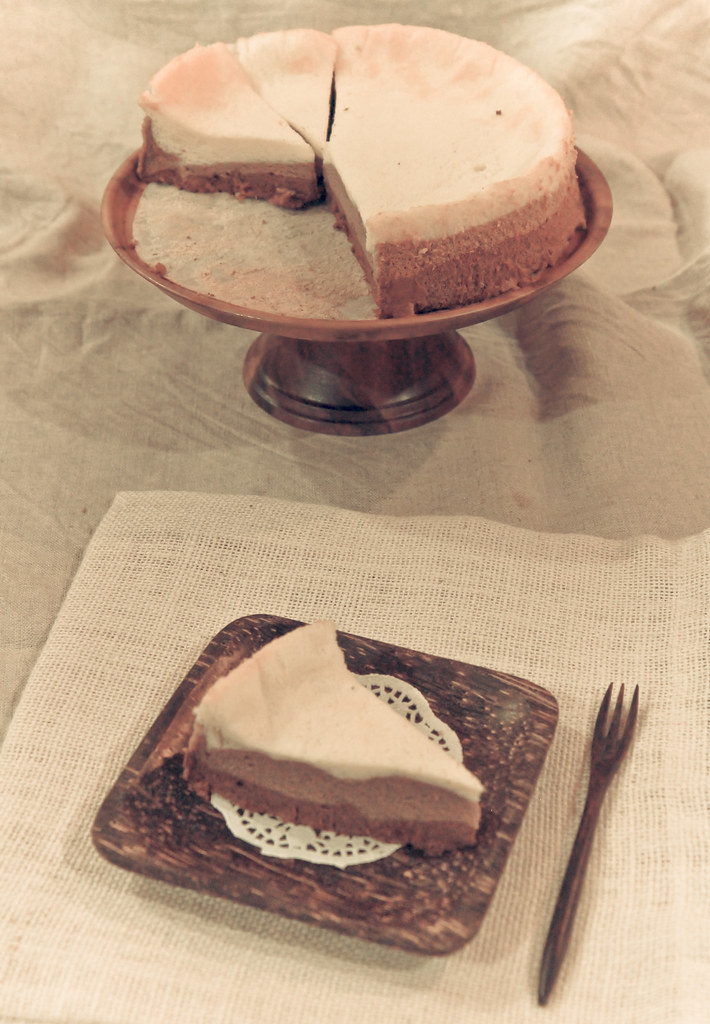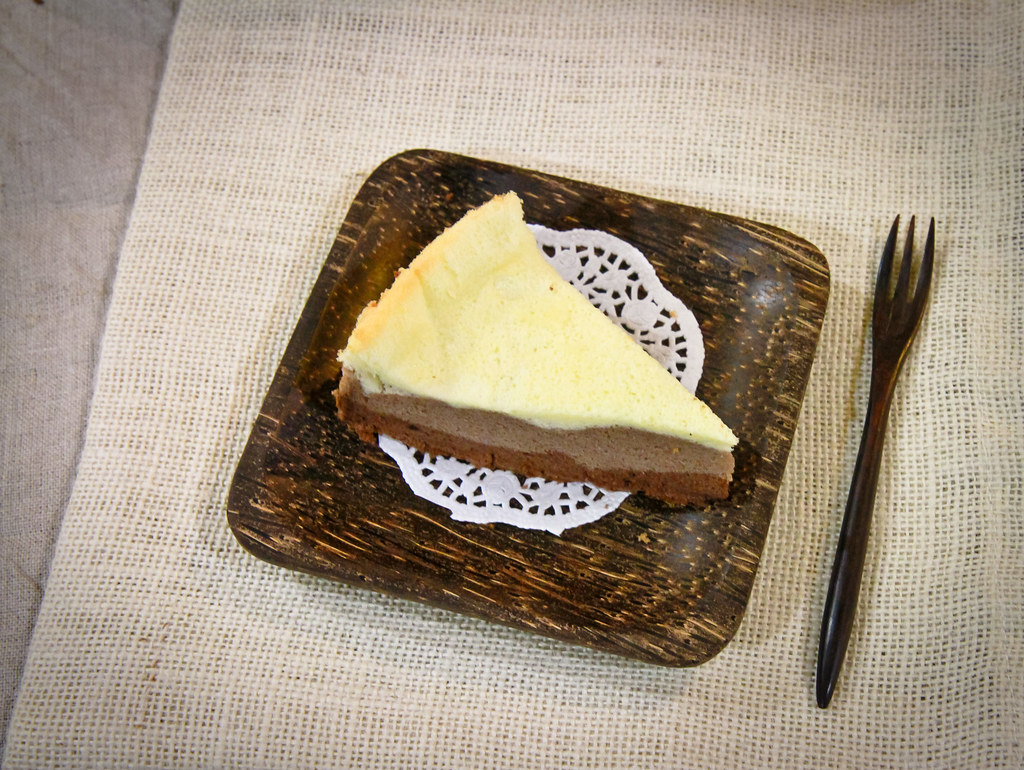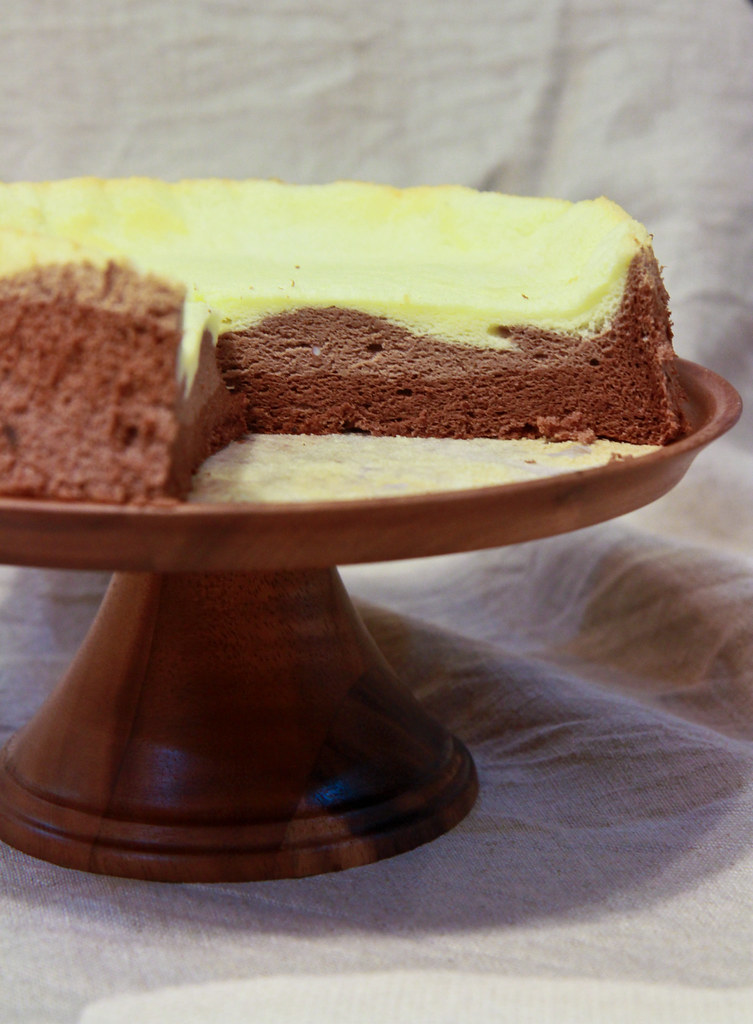I decided that I should repeat the tradition of updating on Christmas. This year's Christmas is markedly different from last year's, mainly because I'm spending it overseas in Perth with another loved one of mine and I just had a 'barbie' on the beach. That's Aussie for BBQ! It was a novel experience, spending Christmas by the beach, enjoying the gorgeous sunset and the tasty food prepared by yours truly.
I decided that I should repeat last year's post by doing another walk down memory lane. The pickings this year are quite slim, because as compared to 102 posts in 2011, I only wrote 35 posts this year! That's a third but I guess it's understandable considering 2012 was when I got a full-time job which occupies probably 80% of my time.

My Most Beautiful Post and The Post That I Am Most Proud Of
I guess macarons do photograph very beautifully. Last year's "most beautiful post" was my pink salted caramel macarons and this year, it's my ferrero rocher macarons. Not only were they beautiful, they were delicious too. The only thing I hate about macarons is how finicky it is. Perhaps I haven't got my technique right, but it always seems to be a hit-or-miss deal with me when I'm making macarons.
However, the post that I am most proud of, albeit not a complete post (ie without recipe), is my recent post on what I've been up to. So many reasons why I'm proud of it - I baked 300 cupcakes across 3 weekends, iced them with 12 different types of frosting, baked trays and trays of cookies, and single-handedly raised a sizeable amount for charity! I would definitely want to repeat this next year!
Again, the list of baking places in Singapore remains the most popular post. However, for a post done in 2012, that would have to be my list of Pizza Places/Pizzerias in Singapore. Come to think of it, my "lists" tend to be really popular, which I guess is good testimony to my information gathering skills (which is an important skill I cultivate on a daily basis thanks to my job).
I do have a few more lists in the pipeline, but as usual, I want everything to be almost perfect before I upload them, hence the delay.
I do have a few more lists in the pipeline, but as usual, I want everything to be almost perfect before I upload them, hence the delay.
Maybe because the photos I took were not spectacular but these chocolate sables were my best selling cookie during the Christmas Charity fair and has been my best cookie so far, according to both friends and family. It is also known as the "World Peace Cookies" by Dorie Greenspan, so do try them out for yourself if you haven't. I can assure you that you will definitely not regret it.
With that, I have a very important announcement to make. For those of you who might have been clicking on the links above, you might have realized that you get sent to a domain called "un pastiche". That is my new domain =] The website is not completely up yet - I still have some remaining things to do like the header and updating the older posts which got screwed up in the process of migrating but I've decided to introduce you guys to my new home on 25 December because of the significance of the date :]
I had a few reasons for migrating, even though it meant losing some readers and the rankings for some of my top posts. One of the main reasons was that I wanted to have a brand which I could use on the products I am selling, which I am increasingly doing, and "not the kitchen sink" sounded a little odd on cake boxes and labels. I also wanted the freedom of my own domain, so well here we go! I spent a good part of the year looking for designers who was willing to do what I wanted within my budget, and boy did I get lucky with Kaiyi. She is a local blogger/designer whom I got to help me design my new blog. I was working with a really tight budget, but I wanted lots of frills for a small budget, and Kaiyi was the only one who fit the bill. And the end result was fantastic :]
I will be updating the blog on unpastiche.com from now on, so please bookmark that page or change your feeds to my new page. I will be holding a couple of giveaways soon in my new home as part of my 'housewarming', so please head on down and keep your eyes peeled! The giveaways are one of my biggest yet and will come from stash bought from Australia!
I'm tucking in early tonight for Boxing Day sales tomorrow - catch you guys around my new home at un pastiche!
*****
With that, I have a very important announcement to make. For those of you who might have been clicking on the links above, you might have realized that you get sent to a domain called "un pastiche". That is my new domain =] The website is not completely up yet - I still have some remaining things to do like the header and updating the older posts which got screwed up in the process of migrating but I've decided to introduce you guys to my new home on 25 December because of the significance of the date :]
I had a few reasons for migrating, even though it meant losing some readers and the rankings for some of my top posts. One of the main reasons was that I wanted to have a brand which I could use on the products I am selling, which I am increasingly doing, and "not the kitchen sink" sounded a little odd on cake boxes and labels. I also wanted the freedom of my own domain, so well here we go! I spent a good part of the year looking for designers who was willing to do what I wanted within my budget, and boy did I get lucky with Kaiyi. She is a local blogger/designer whom I got to help me design my new blog. I was working with a really tight budget, but I wanted lots of frills for a small budget, and Kaiyi was the only one who fit the bill. And the end result was fantastic :]
I will be updating the blog on unpastiche.com from now on, so please bookmark that page or change your feeds to my new page. I will be holding a couple of giveaways soon in my new home as part of my 'housewarming', so please head on down and keep your eyes peeled! The giveaways are one of my biggest yet and will come from stash bought from Australia!
I'm tucking in early tonight for Boxing Day sales tomorrow - catch you guys around my new home at un pastiche!







